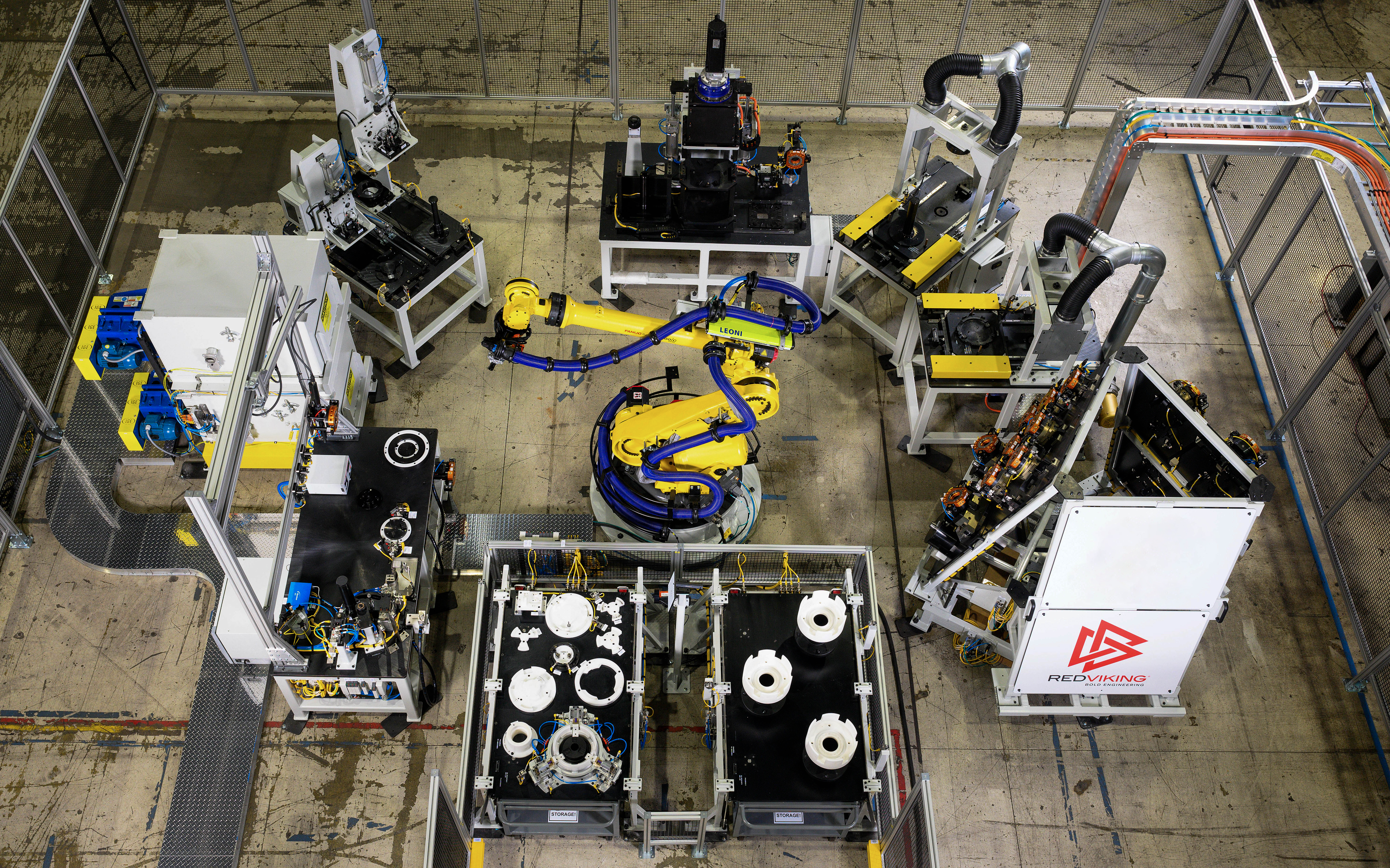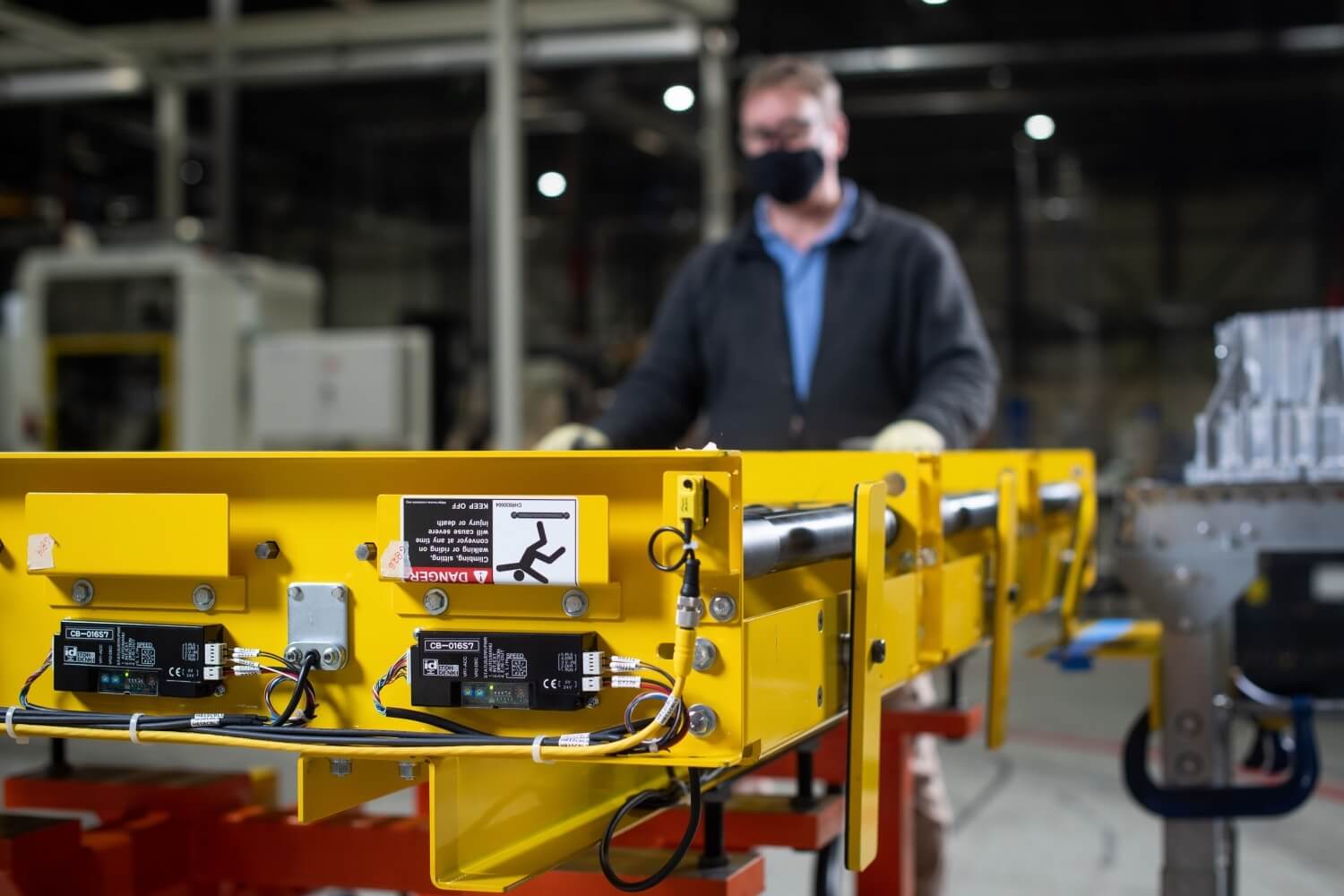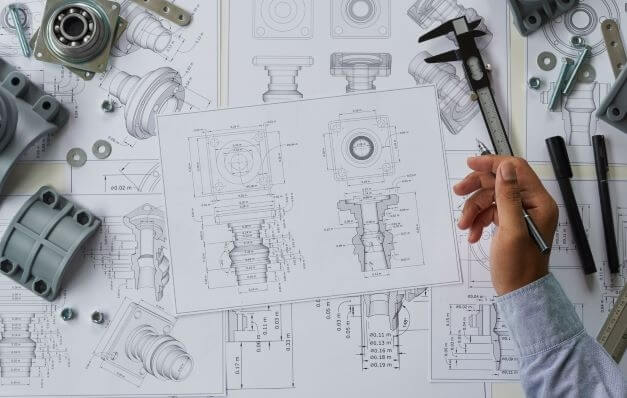When to Automate: Top 5 Questions We Ask
As system integrators, we look at every manufacturing problem as an opportunity for brilliantly engineered automation. At the same time, we understand that every piece of automation needs to earn its place on the line. This means that there are plenty of times when manual processes should be retained. These are the top five questions we ask ourselves when deciding whether or not to automate a process:
Are production targets higher than your manual process can handle?
We like to start with an engineering study of the existing process. Can manual processes be enhanced with new conveyance, tools or fixtures to achieve the desired throughput rate? Sometimes improving a manual process with better technical support is the answer; at other times only a fully automated system can achieve the required production rates.
Will operator safety and ergonomics be compromised without automation?
Some manual processes can be improved by incorporating simple tools like lifts. However, if there are worker injuries consistently associated with a manual process, then a new automated process should be designed to ensure safe operation.
Does the manufacturing execution system (MES) require an automated interface?
Tracking and traceability, vision inspection and error proofing systems all require an automated interface. But often, a manual process is critical to this process as well – such as operator verification of a completed test. When making the automation determination here, remind yourself again that each piece of automation must earn its spot on the line.
Does the product require a consistent, repeatable process beyond manual capabilities?
Automation is almost always the right choice for detail inspection and testing. Where an individual’s eyes might glaze over checking for presence of part all day long, a vision inspection system can do this easily. Where dynamic component test systems require a complex, precise test profile, running the test manually doesn’t make sense.
Is the staff sufficient to operate, manage and maintain the automation equipment?
This consideration is critical for global organizations where the local workforce may not be prepared to run a fully automated assembly line. No matter how well designed and built, an automated system is ultimately only as effective as the operators using it. When production rates are low, tasks are simple and easily repeated, or the workforce is not well suited to support an automated system, we work with our clients to redesign their manual processes to improve overall efficiency and effectiveness.
Taking an ROI approach
Ideally, we like to work with our clients to understand their cost structure so we can determine the project’s return on investment. Then we can design and build assembly lines and military MRO’s that include automated, semi-automated and manual operations, based on the estimated ROI of each process or station. Even though we’re a bunch of engineers who love to design and build automated systems, sometimes automation isn’t the answer. Want to learn more about creating an ROI for your automation project? Contact Mark at msobkow@redviking.com, or 734.454.0500.






